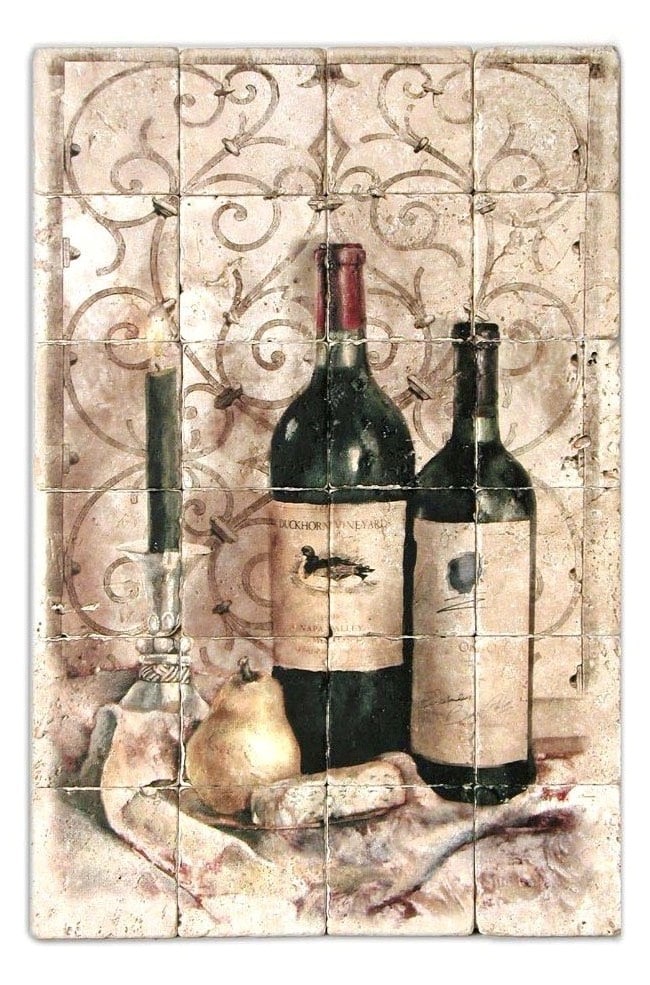Dedicated Custom Wine Cellars & Wine and Cheese Pairing
Contents
Custom wine cellar owners tend to be very committed and outgoing people. Indeed anyone who is prepared to dedicate a room to their passion will want to make good use of it and share their love of wine with others.
Custom wine cellars therefore can be a catalyst and a focal point for strengthening relationships with colleagues as well as friends and family. A home wine cellar can be an excuse to have a party or a gathering; indeed parties become a way to enjoy not just the wine cellar but a wine lovers’ passion for wine generally.
If you have a home wine cellar you will of course want to impress your visitors with your knowledge of the wines in your collection as well as the best way to sample and enjoy your wines. What better way than to ensure that you pair your wines with gourmet cheeses intelligently and correctly.
Pairing Cheese with the Wines in your Wine Cellar
Pairing cheese with a wine from you wine cellar may appear to be a complicated process, and though experimenting by yourself is good to try, a guideline is always helpful. Some basic ones include: pairing wine and cheese by their country of origin, or, where they were made. You may also want to organize your wine room around these themes.
This is helpful in that it narrows the range of wines and cheeses to choose from, as well as ensures that, since they developed on the same soil, their under-flavors are similar enough not to clash. It’s also classy and pays a tribute to the place of your choosing.
Another common method is to make pairings based on season. Certain cheeses and wines are ‘ripe,’ or, at their best, during certain times of the year. For example, fall is cheddar season! Cheddar, a medium-hard and slightly tangy cheese, goes well with a couple of different wines, depending on its potency.
Strong cheddar is best paired with Cabernet Sauvignon, an oaky, tannic wine. For more mild varieties of cheddar, Chardonnay is a good choice. It’s very similar to Cabernet Sauvignon when heavily oaked, but when unoaked exhibits light, fruity flavors, fantastic with mild cheddar. They sort of ‘cream’ together.
Although these are hard-to-blunder guidelines, if you are looking for a quicker and easier pairing list, it is as follows: for blue cheeses, pair with dessert wines, like White Reisling, Madeira or Sherry. Their high levels of sugar give them enough flavor to avoid being overpowered by the strong, moldy punch of blues. Fruity wines (like Rosenblum Zinfandel and Cabernet Sauvignon) have the same poignancy of flavor, and pair wonderfully with saltier blues.
You have Champagnes and Sparkling Wines in your Custom Wine Cellar?
Brie, a very soft and rather buttery cheese, pairs well with Champagne and sparkling wines. This is due to the crisp acidity of the wines, as they are sharp enough to cut through the Brie. Because of this you are enabled to enjoy the full taste of both the Brie and the wine fully, as well as the delicate mingling of the two.
You can’t go wrong with a goat cheese and champagne pairing either, though as Brie goes best with a light, fruity champagne, goat cheeses fit best with similar, but heavier wines. Syrah in particular has a boldness of flavor, a lush fruitiness that is excellent at mellowing out the strong funk of goat cheese and makes the pairing a success.
Montrachet, a young and tangy cheese, is great with red wines, such as Graves, St-Emilion and Pomeral. You can’t go wrong with Robert Mondavi either!
Now that you know a few popular soft-cheese pairings, the following will introduce you to some equally successful medium-hard to hard cheese and wine pairings: first off is parmesan, or, Parmigiano-Reggiano. A very dry and sharp cheese, parmesan goes well with Italian wines, in particular, reds. For example, Co D’Orcia. The crumbly parmesan will find itself well-suited for the wet and fruity flavors of a good red.
The creamy-with-just-a-bit-of-salty Roquefort is in good company with a French red wine, such as Mont-Redon Châteauneuf-du-Pape.
Though typically known as a very soft cheese, when aged for long enough Gouda becomes almost butterscotch-esque. In a word, hard. Very hard. For Goudas such as this, Port or Zinfandel are the perfect pairs, second only to, yet again, classic reds! It is safe to say that red wines are a general best accompaniment for almost every cheese, though there are certainly white wines that do the job just as well.
Now that you’ve read about some well-loved wine and cheese pairings, give them a try! This is very important, as, though these are popular choices, no one has the same palette. You may find yourself revolted by some, in love with others. Your taste is singularly important for your own, personal cheese and wine enjoyment.
If you’re looking to host a party showing off your beautiful new custom wine cellar’s range of wines and cheeses and aren’t sure what types of wines and cheeses to offer everyone, you could have a wine and cheese tasting beforehand or at the party itself. In any case, have fun with it. Foods like cheese and wine are one of the greatest joys of life!







